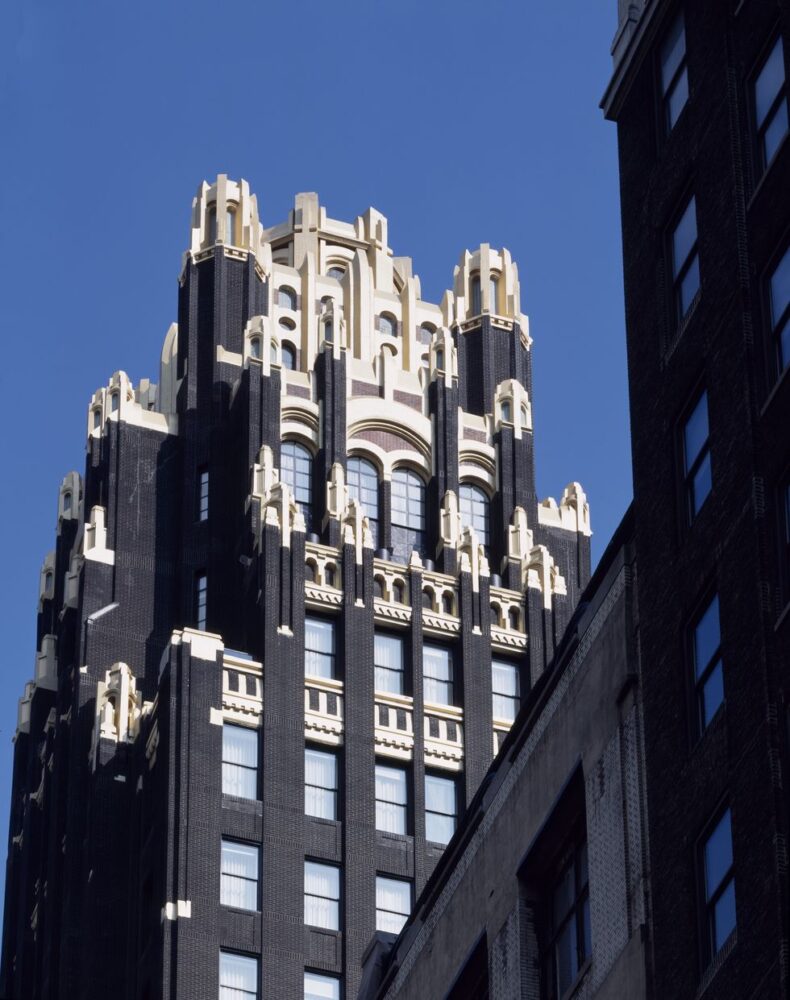
https://www.elledecor.com/life-culture/travel/g12242834/art-deco-architecture/
Art Deco and Brutalism: Two architectural giants, stand as a stark opposites in design. Picture the elegance of Art Deco, with its intricate details and luxurious materials, juxtaposed against the raw functionality of Brutalism, characterized by its stark concrete forms and utilitarian approach. These two movements, born in different eras are shaped by distinct ideologies. Art Deco emerged in the early 20th century, embodying the spirit of optimism and progress that defined the Roaring Twenties. Its designs, characterized by geometric shapes, vibrant colors, and lavish ornamentation, exuded a sense of luxury and sophistication. Buildings like the Chrysler Building in New York City became icons of this era, showcasing the opulence and glamour associated with Art Deco.
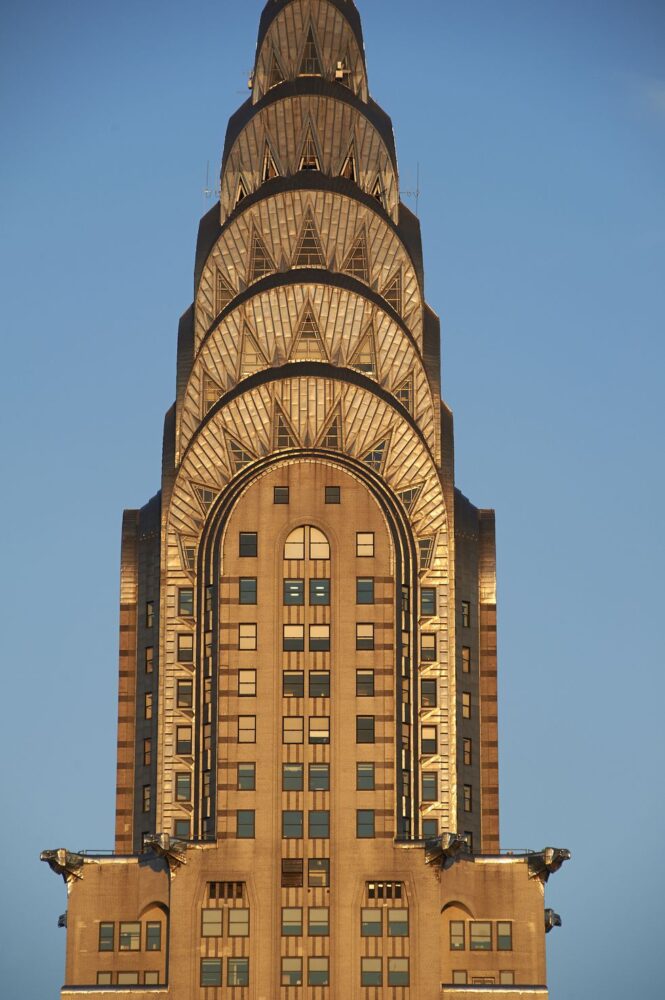
https://www.elledecor.com/life-culture/travel/g12242834/art-deco-architecture/
In stark contrast, Brutalism emerged later, in the mid-20th century, as a response to the devastation of World War II and the need for practical, cost-effective construction methods. Brutalist architects embraced raw concrete as their primary material, favoring simplicity and honesty in design. Their buildings, often characterized by massive, monolithic forms and exposed concrete surfaces, prioritized function over aesthetics. Examples such as the Barbican Centre in London or Le Corbusier’s iconic Unité d’Habitation in Marseille epitomize the Brutalist ethos of utilitarianism and social responsibility. The concrete aesthetic is a lack of detail while detail is the life of art deco.

The differences between Art Deco and Brutalism extend beyond their visual aesthetics to their underlying philosophies. Art Deco celebrates luxury and ornamentation, reflecting a belief in progress and prosperity. In contrast, Brutalism emphasizes honesty and functionality, rooted in a pragmatic approach to architecture and a desire to serve the needs of the community. While Art Deco and Brutalism may seem worlds apart, they both left an indelible mark on the architectural landscape, influencing subsequent generations of designers. Despite their differences, they share a common legacy of pushing the boundaries of architectural expression and challenging conventional norms. The contrast between Art Deco and Brutalism serves as a reminder of the rich diversity within the world of architecture. Whether adorned with intricate detailing or stripped down to its bare essentials, each movement offers valuable insights into the evolving relationship between form, function, and ideology in the built environment.
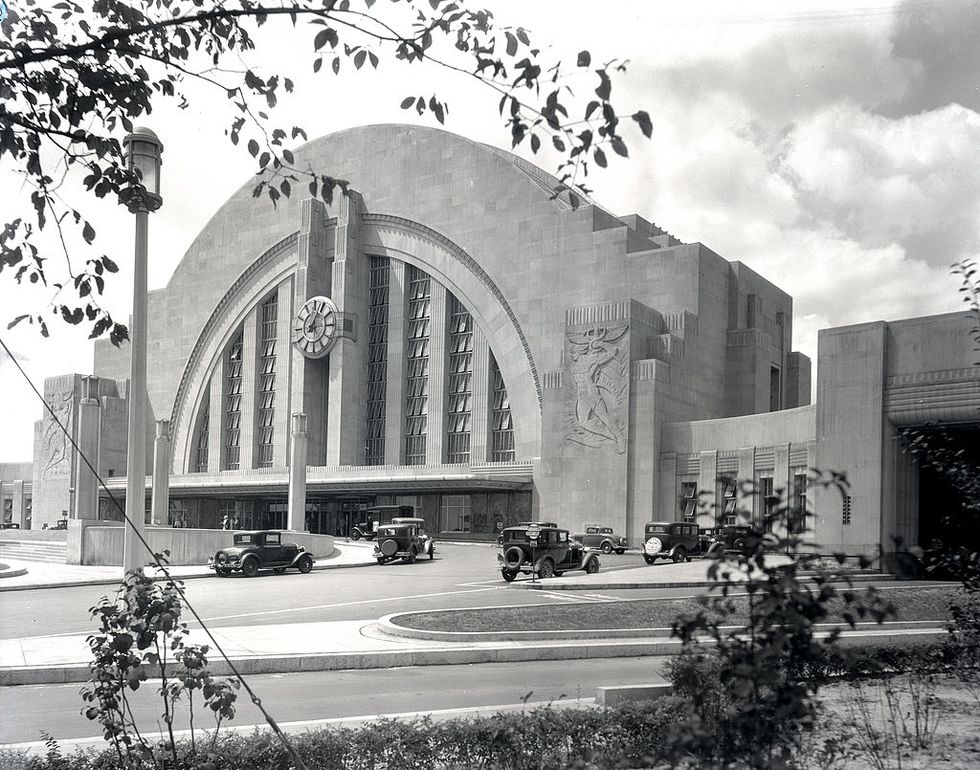
https://www.elledecor.com/life-culture/travel/g12242834/art-deco-architecture/
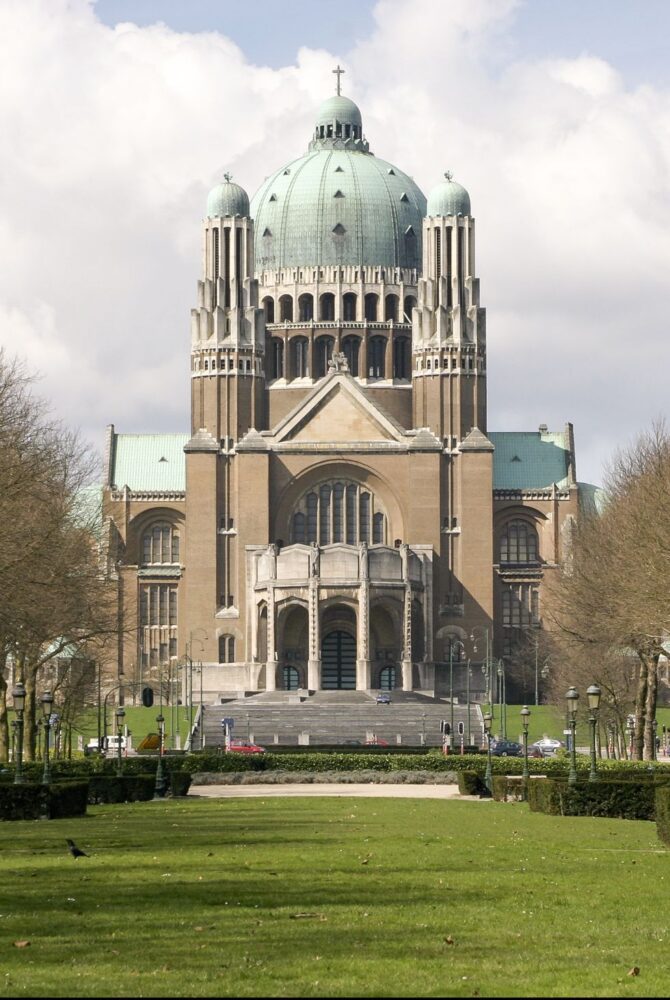
Santiago Urquijo – https://www.elledecor.com/life-culture/travel/g12242834/art-deco-architecture/
AI was used in sourcing some of the content.

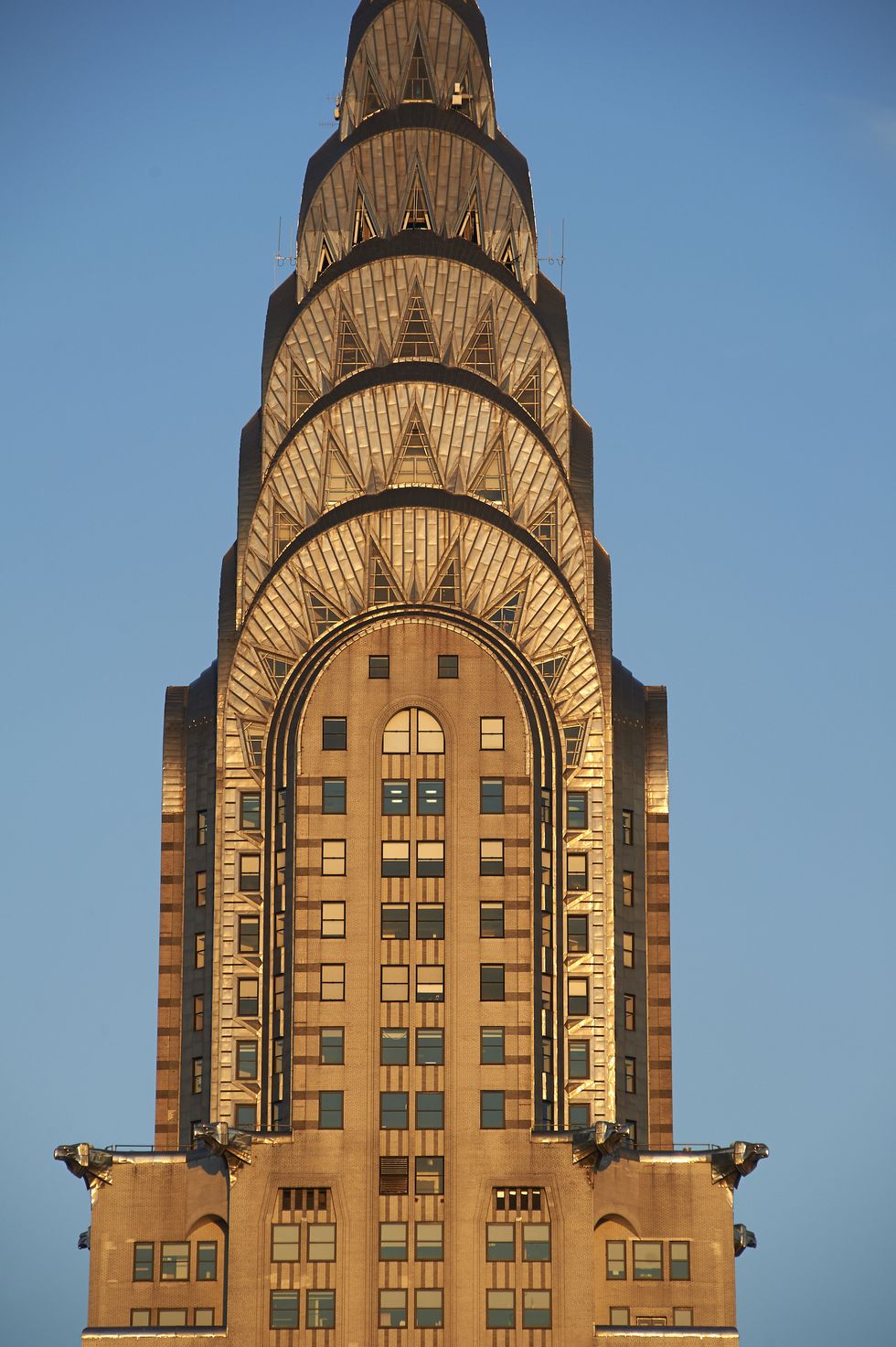
4 Comments. Leave new
Your post effectively captures the essence of Art Deco and Brutalism, emphasizing their distinct design philosophies and historical contexts. The comparison between these two architectural movements extends beyond mere aesthetics, serving as a reflection of diverse societal values and architectural ideologies. Despite their differences, both styles have significantly influenced architecture, challenging conventional norms and expanding the boundaries of design. In considering the relevance of Art Deco and Brutalism in contemporary architecture, how do you envision their principles being applied or adapted to address modern challenges and reflect present-day societal values?
I don’t know, I feel that modern architecture will move away from both brutalism and art deco into something new.
This was super interesting Fin! Seeing the juxtaposition between these two aesthetics right next to each other was amazing! I would say in the future when citing AI be careful to properly site it for copyright. If you are using chatGPT it will give you the proper citation right on the page.
great stuff!
Ok thanks, this was my first time using it so I wasn’t sure how to cite correctly.